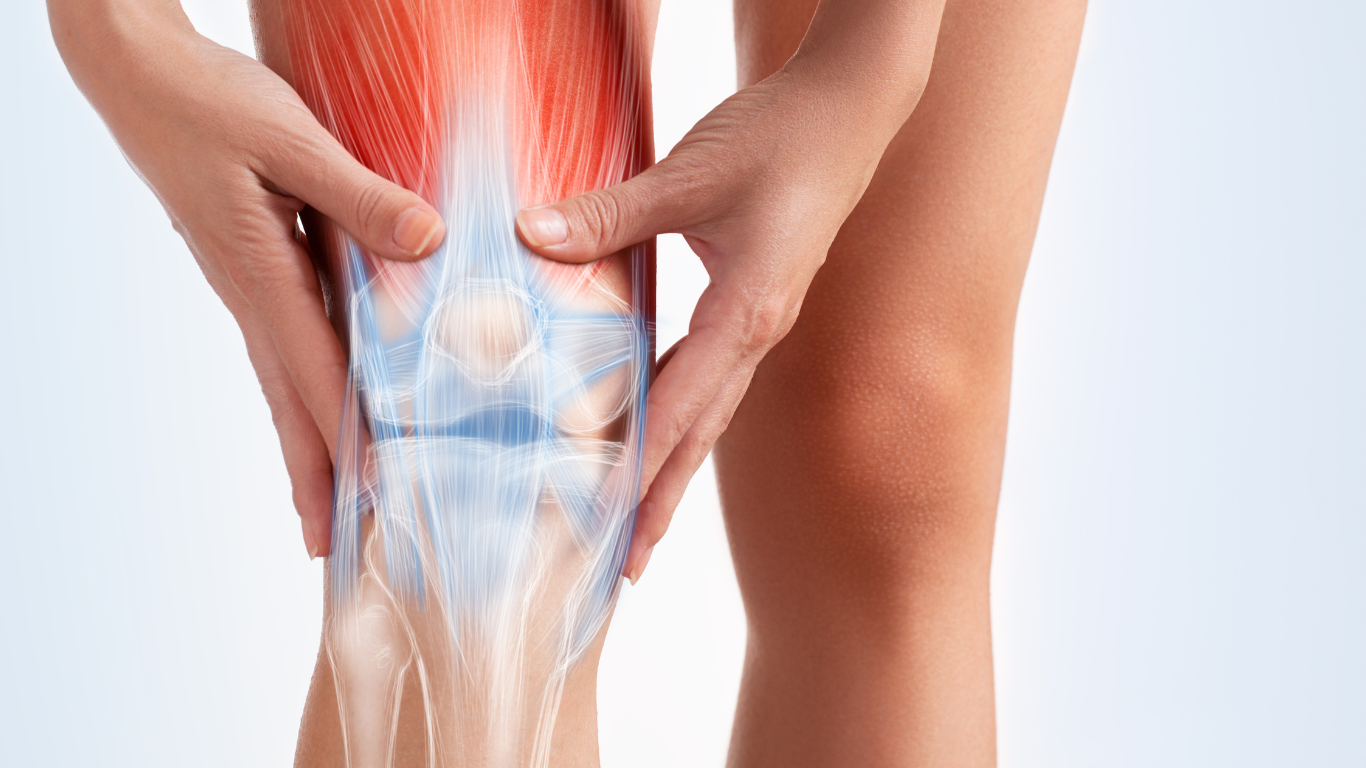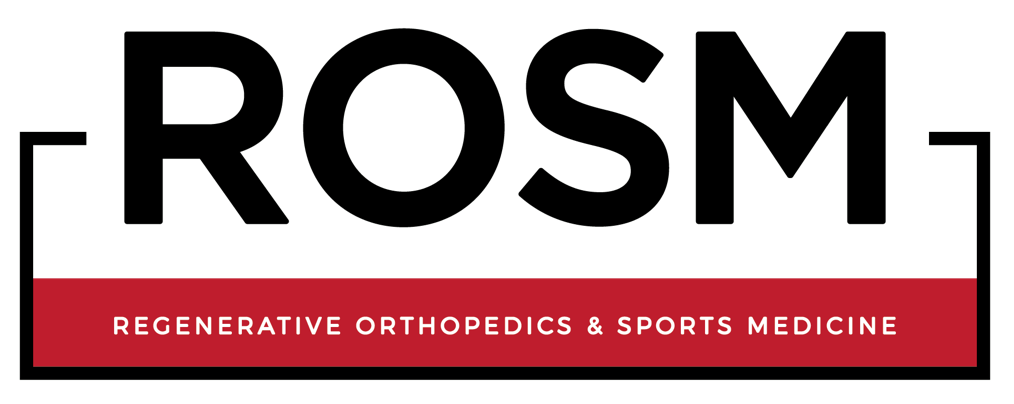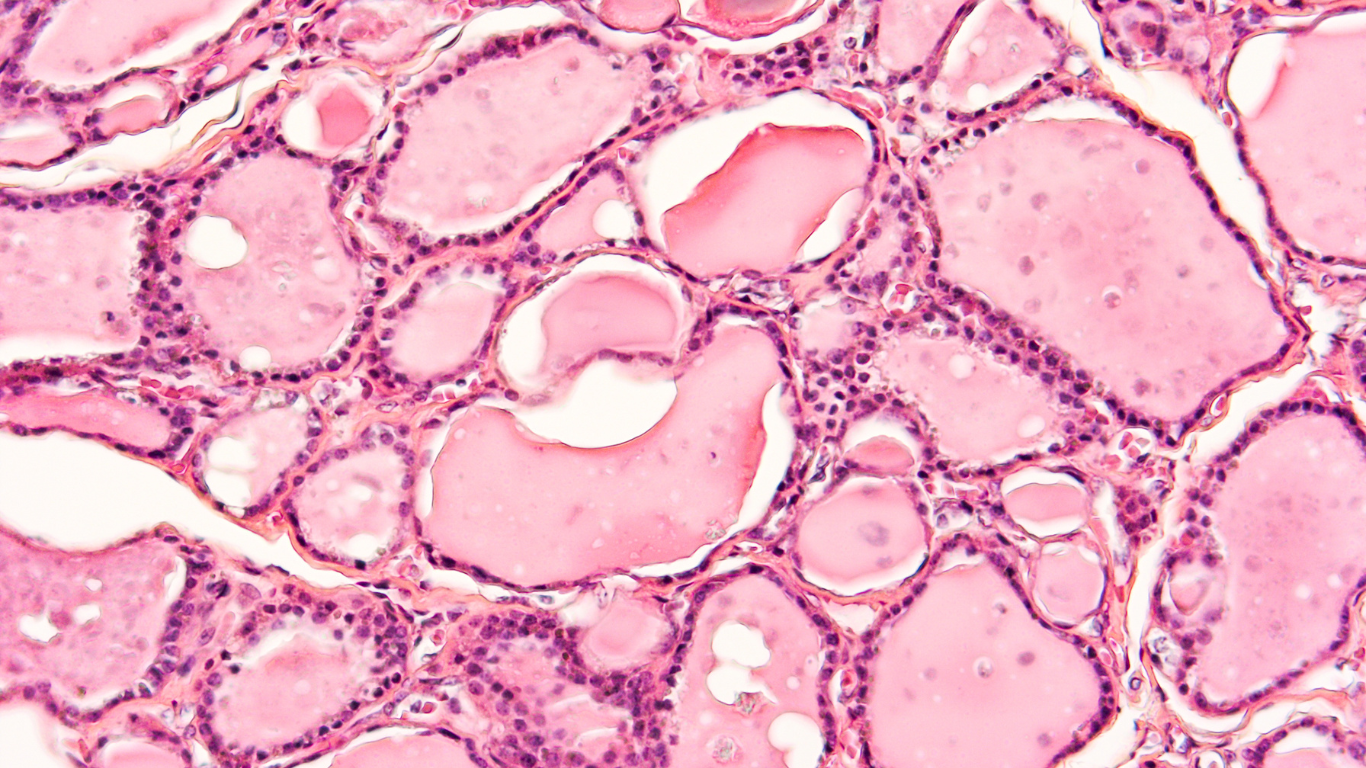By Dr. John L. Ferrell III, M.D.(*)
One of the most exciting advances in regenerative medicine is a therapy that uses something most of us never think twice about: our own fat. At ROSM, I’ve had the privilege of treating patients with Microfragmented Adipose Tissue (MFAT), and the results can be transformative for people living with pain and injury.
What Is MFAT?
MFAT is short for Microfragmented Adipose Tissue. The procedure involves taking a small amount of fat from your body, processing it into tiny fragments, and then precisely injecting it into the injured or arthritic area under ultrasound guidance.
Why fat? Because it’s more than just stored energy. Fat is rich in mesenchymal stem cells (MSCs) and other regenerative components that:
-
Reduce inflammation in damaged tissues
-
Stimulate repair in tendons, cartilage, and joints
-
Activate your body’s natural healing processes
By breaking fat down into microfragments, these regenerative cells become concentrated and better able to support tissue healing where it’s needed most.

The Evidence Behind MFAT
This isn’t experimental medicine. There is Level 1 evidence—the highest standard of clinical research—showing that MFAT can reduce pain caused by osteoarthritis and, in some cases, delay or even prevent the need for surgery.
Research has also shown benefits for a wide range of conditions, including:
-
Rotator cuff tears (including difficult cases where platelet-rich plasma, or PRP, hasn’t been successful)
-
Hip arthritis
-
Achilles tendinopathy
-
Thumb and toe arthritis
-
Tennis elbow and golfer’s elbow
At ROSM, my colleagues and I have contributed to this growing body of knowledge. For example:
-
Siddiqui, Imran, et al. “Microfragmented adipose tissue for the treatment of full-thickness rotator cuff tears: a case series.” Regenerative Medicine. 2024. Read the study here.
-
Ferrell JL, et al. “Microfragmented adipose tissue injections for chronic lateral epicondylitis (tennis elbow): clinical outcomes and imaging evidence.” Regenerative Medicine. 2023. Read the study here.
Seeing these results firsthand in patients confirms what the science has been telling us: MFAT is a powerful, minimally invasive option worth considering.
Why I Recommend MFAT
There are several reasons MFAT stands apart from other treatment options:
-
It uses your own tissue—there are no synthetic materials or donor cells.
-
It offers a natural, regenerative approach without the risks of major surgery.
-
Recovery is faster and less disruptive compared to surgical repair.
-
Many patients experience long-lasting improvements in pain and function.
Because relatively few clinics in the U.S. are trained and equipped to perform this procedure, patients often seek out ROSM specifically for MFAT treatment.
Could MFAT Be Right for You?
MFAT isn’t the answer for every patient, but for people struggling with joint pain, tendon injuries, or arthritis that hasn’t improved with other treatments, it can be a breakthrough. The ability to use your own biology to stimulate healing is one of the most exciting directions in modern orthopedics.
If you’re dealing with persistent pain or an injury that hasn’t responded to conventional therapies, I encourage you to schedule a consultation. Together, we can determine whether MFAT is the right step for your recovery.
Don’t let pain define your life. With MFAT, your own fat and the healing potential inside it, may help you return to the activities you love.
Contact us today to schedule a consultation and take the first step toward reducing pain and improving your quality of life.



